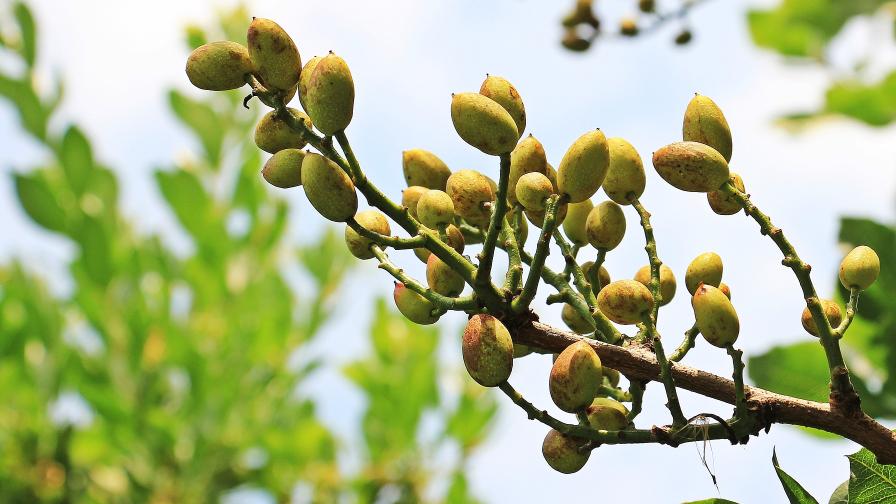What Is Climate Smart Agriculture? Here’s One Take

What is Climate Smart Agriculture? I think Climate Smart is really about soil and water management. It’s interesting being here in Southern California, which right now is in the middle of an atmospheric river. That is one of those symptoms of our climate challenges.
If we had been talking earlier this year, we would have been bemoaning our lack of water and how arid everything was. Then the El Niño came and just north of us there was a foot of rain yesterday.
These kinds of events really cause you to think harder about climate and Climate Smart Agriculture. The main tenets of that are so impactful with these climate challenges. For instance, conservation tillage and cover crops protect the soil during heavy rain. Things like soil and water management, irrigation, managing your grazing and other practices — these aren’t new practices. But I think in some ways, they’ve gotten lost along the way. There were popular conservation practices that said, “This field should lay fallow.” And yet what was happening was either wind would come along and blow that topsoil away, or heavy rain would wash it away.
With Climate Smart Agriculture and focusing more on soil and water management, it’s a different perspective. When it’s very dry, we’re thinking about the best ways to utilize the water that’s available. You are timing your irrigation throughout the season to minimize those inputs, while still getting a good yield. Conversely, when you have a lot of water, hopefully you have been using cover crops or rotations. Building healthy soil is part of good irrigation management because healthy soils are able to better utilize the water that’s available or hold onto that moisture so it’s refilling the water table and not running down into the ocean.
I’ve only been in agriculture for three years. My background is IoT and telecommunications, and I have sold those sorts of technologies into various industries in my past. From that experience, my observation is that for agriculture and ag tech adoption, it is a long cycle.
Row crops are actually quite technology focused — look at the inside of a combine — but in specialty crops, agriculture is kind of a late-adopter industry. And on top of that, a buying cycle is 1 to 3 years. So, it is vitally important to really understand what technology you’re going to be adopting or how you will make changes. With Climate Smart, it’s not as much about technology per se as changing or evolving practices — or stopping some practices or adopting other practices. Those aren’t things that you do overnight.
Climate Smart Agriculture is a journey. It’s not going to be an instant fix. We need to share. We need to collaborate.
For more, read the full article here as part of our special Global Insight Series report on Climate Smart Farming.
In addition, check out the previous reports in Meister’s Global Insight Series covering a range of topics from Soil Health to Irrigation Innovations to Agricultural Technology, and more.










